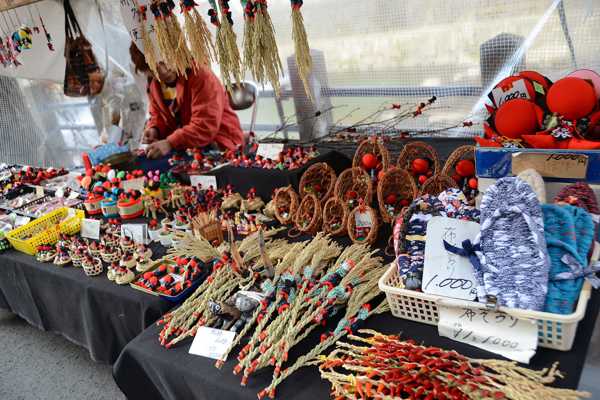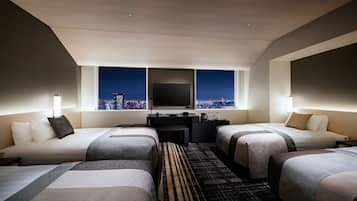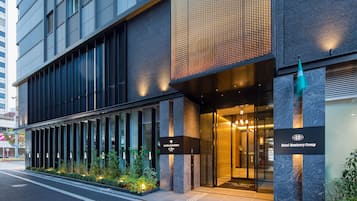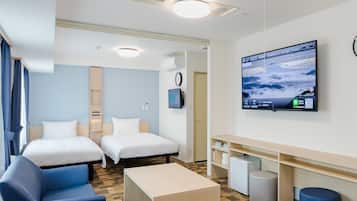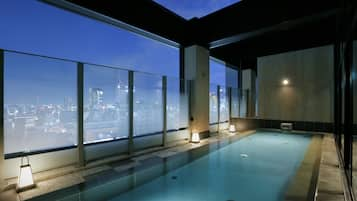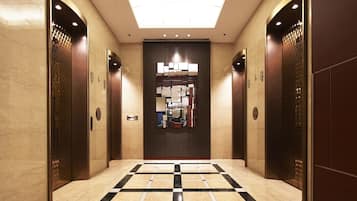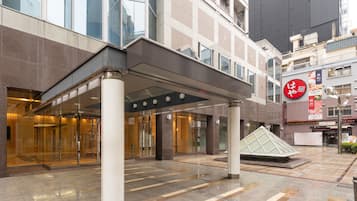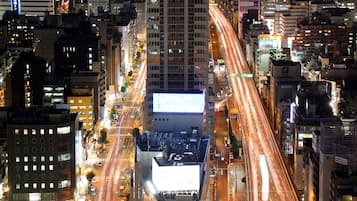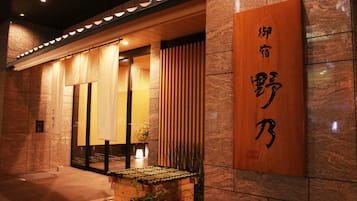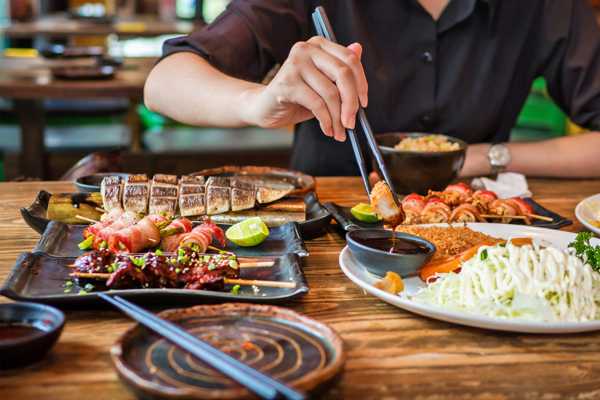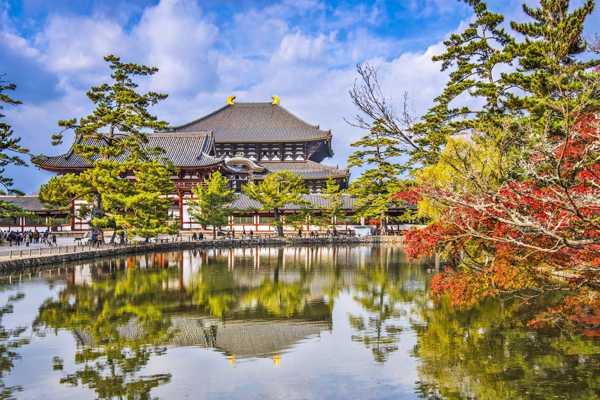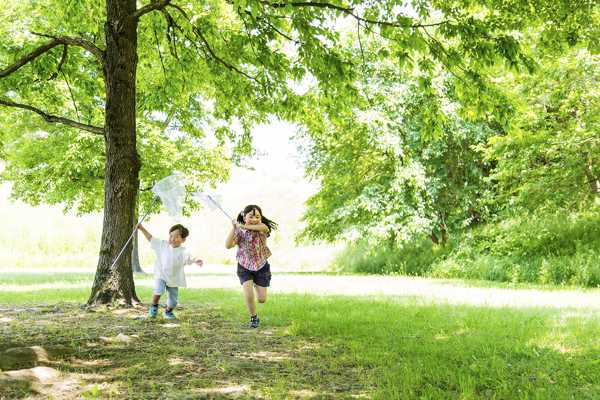Our Nara Travel Essentials allow you to plan the ultimate holiday to this Japanese city and larger prefecture. You'll find tips and insights for keeping your holiday stress-free, crafting the perfect itinerary and enjoying the wonders this historic city has to offer.
Nara is a major city with immense historic value as the former capital of Japan. You'll find a multitude of shrines here as well as delicious food and welcoming markets you won't want to miss out on. With these travel essentials in mind, you'll be able to enjoy it all with ease. Take a look at the Nara travel essentials you need to know.
- 1
When is the best time to travel to Nara?

- The temperatures in Nara are fairly welcoming throughout most of the year, but winters can be quite cold. Still, the overall temperate climate isn't outside of what most travellers are used to.
- Nara doesn't get all that much rainfall outside of a short period in the summer from mid-June to late July. Even then, however, it doesn't rain every day consecutively, so you can still travel during the wet season.
- The warmest months are July and August, with average high temperatures of around 31 degrees and 33 degrees respectively. It can get quite humid as well, so you may want to avoid these months if you're not used to the heat.
- Because of the cold winters and hot summers, most travellers tend to visit Nara around spring or fall. Specifically, that includes October, November, March, April and May, when you'll enjoy comfortable temperatures and low rainfall.
- 2
Nara basics

- Plug type: Nara uses either 2-pin or 3-pin (2 pins and a ground wire) plugs just like North America does.
- Electricity: Electricity is 100V and 60 Hz. The 60 Hz in Nara is in line with the rest of western Japan, but if you go to eastern Japan, they use 50 Hz. Fortunately, this is mostly a negligible difference.
- Currency: Nara uses the yen like the rest of Japan.
- International dialling code: The international dialling code is +81.
- Emergency telephone number: For police, the number is 110. For fire or ambulance, the number is 119. These numbers are not interchangeable.
- 3
How to get to my hotel in Nara?

Like most of Japan, Nara has quite a few ways to get in, with transport services being remarkably efficient at connecting travellers from all over the world. When travelling from outside of Japan, however, you can't go to Nara directly.
Airports
Kansai International Airport is the only one that serves Nara. It's located in the greater Osaka area about 45 miles southwest of Nara. It doesn't service direct flights from the UK, so travellers from there will have to stop somewhere else first like Paris or Munich.
Train stations
The train is one of the best ways to get into Nara, with several different lines offering service. If you're travelling from Osaka, you can take the JR Line or the Kintetsu Line with each having its own station in Nara.
Ports
Nara is an inland city with the closest port being in Osaka. If you come in that way, you can hop on a train to take you from Osaka to Nara.
- 4
How to get around Nara?

Travel tips
Getting around Nara is easy, as there are quite a few options for travel. You'll also find special savings if you opt for the Nara Bus Pass, which gives you unlimited use of local bus lines over a period of time. 1-day and 2-day passes are available. You can also get the Kintetsu Rail Pass, which can take you around Nara and the surrounding area.
Rail
The rail system in Nara is fairly comprehensive. 2 railway companies serve this city, JR West and Kintetsu Railways. There aren't all that many stops, but Nara isn't all that big, so it's easy to get where you need to go.
Taxi and ride-hailing apps
You'll find a few taxi services in town, but most travellers use rideshare apps like Uber, Lyft and Ola, which are all quite popular in Nara. You'll additionally find luxury car services like Blacklane.
Bus
Nara utilises the Nara Kotsu bus system, which travels around town and out to several surrounding areas. It has stops near the most popular spots in town along with stops near the train stations. While many of the attractions are reachable on foot, the bus is one of the best ways to see the sights outside of the city centre.
Car hire
Car hire is readily available throughout Nara. Some providers even offer shuttle services that can pick you up directly from Kansai International Airport. Keep in mind that automatic-transmission cars may be more expensive to rent than manual-transmission options.
Bike hire
Nara is a bike-friendly town with plenty of rental places for bikes suitable for kids and adults alike. You may even want to hire an electric-assist bicycle if you plan on traversing the particularly hilly areas of town.
- 5
What are the main annual events in Nara?

Yamayaki grass burning festival
- When: January
- What: The grass on Mount Wakakusa is set ablaze after a dazzling fireworks display. The fires are visible from virtually everywhere in the city. The celebration is centuries old with unclear origins.
- Where: Nara Park
Omizutori water-drawing ceremony
- When: March
- What: A Buddhist temple stages a fire powder display that's said to make anyone exposed to the powder be able to live without illness. It lasts several weeks.
- Where: Todaiji Temple
Takigi Ono (Firelight Noh)
- When: May
- What: A classical Japanese musical drama with traditional masks that are illuminated by firelight outdoors.
- Where: Kohfukuji Temple
- 6
What are the main landmarks in Nara?

Nara Park and Todaiji Temple
Nara Park is the central park of the city, and most of it is the grounds for the historic Todaiji Temple. This building dates back to the mid-8th century and was once considered the largest building in the world. The park has several smaller temples and shrines, as well as a population of friendly deer roaming around freely that may come to greet you.
Nara National Museum
The Nara National Museum is home to an expansive collection of Japanese Buddhist art. The works come from a variety of time periods and include paintings, scrolls, statues and ceremonial objects. That's just the permanent collection, as several temporary exhibitions have come through as well. Treasures from the Todaiji Temple are on display here every autumn.
Kofukuji Temple
Kofukuji Temple is a historic Buddhist temple dating back to the 7th century during the reign of Emperor Tenji. It's the headquarters of the Hosso school of philosophy, and it's an excellent example of historic architecture you won't want to miss out on including a towering pagoda.
Heijo Palace
Heijo Palace is a UNESCO World Heritage Site that was once the imperial seat of Japan. You can see the ruins, but you can also take a look at what the place looked like in its prime with intricate models available in the area. There's an entire museum dedicated to these ruins onsite as well with information and artefacts to explore during your visit.


